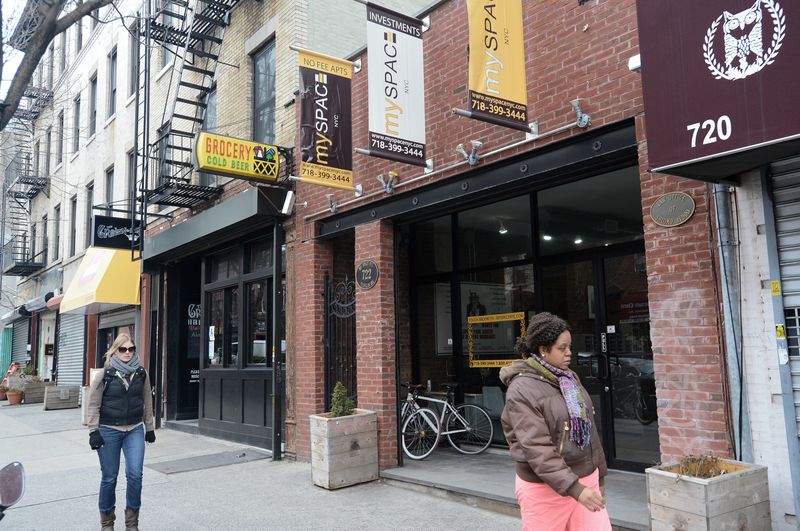
The so-called “gentrification tax” being promoted by a bipartisan coalition of New York City Council members seems, at first glance, to make sense. It’s common, and common-sense, practice in many municipalities around the country for the assessed value — and the property tax — of a home to re-set based on its most recent sale price. Not here.
And because New York, both city and state, don’t require regular reassessment, the taxes on many homes are based on far outdated valuations.
The so-called “gentrification tax” being promoted by a bipartisan coalition of New York City Council members seems, at first glance, to make sense. It’s common, and common-sense, practice in many municipalities around the country for the assessed value — and the property tax — of a home to re-set based on its most recent sale price. Not here.
And because New York, both city and state, don’t require regular reassessment, the taxes on many homes are based on far outdated valuations.
The so-called “gentrification tax” being promoted by a bipartisan coalition of New York City Council members seems, at first glance, to make sense. It’s common, and common-sense, practice in many municipalities around the country for the assessed value — and the property tax — of a home to re-set based on its most recent sale price. Not here.
And because New York, both city and state, don’t require regular reassessment, the taxes on many homes are based on far outdated valuations.
Don’t cry for Scarsdale, where the end of SALT deduction is hitting hard. But save some sympathy for the long-time, often minority homeowners of Bed-Stuy, Fort Greene and Clinton Hill, who, if the gentrification tax becomes law, will see sale prices on their homes drop, and their retirement plans upended.
What New York — and the suburbs, as well — desperately need is not a piecemeal approach to property tax sanity but a thorough-going property tax reform, such as that Mayor de Blasio has promised but failed thus far to deliver.
Market values should dictate assessed values — and property tax bills, and not just on recent home sales. Condos and co-ops should reflect their sale values, as well — instead of, as is the case in tony Manhattan neighborhoods, on archaic rules which can set their tax bills as if they were rent-regulated units.
For that matter, rent-stabilized buildings should see their assessments much reduced — since they are artificially constrained from realizing income from them. Generations of property tax system distortions mean that affluent condo owners may pay less than outer-borough homeowners. It’s a crazy quilt.
The problem is not limited to the five boroughs. In contrast to many other states, New York has no requirement for regular property tax reassessments. As a result, in many suburban areas, reassessments have not been done in decades. As a result, neighborhoods that have gained value will not see their taxes rise accordingly, and those which have lost value will be overtaxed. Homes that were much more relatively valuable when they were built (think ranch homes and split levels) are now over-assessed, as their styles have gone out of fashion.
All this helps force longtime homeowners to sell — and leads to the rash of teardowns and the influx of McMansions dotting suburban towns.
Make no mistake. There will be winners and losers, compared to the status quo, if New York City were to undertake a comprehensive property tax rethink. There will be homes in the outer boroughs whose taxes will increase, and Manhattan apartment buildings whose assessments will decrease. Reassessment, as any municipal assessors will tell, leads to a flood of complaints and appeals.
But that’s no reason the city should not move in that direction. Piecemeal reassessment, as Borelli and Lander are proposing, just adds to the madness. Regular reassessment, which is at the root of fairness, should not be limited to neighborhoods in which home values are increasing. Don’t make low-income homeowners collateral damage to a rage against gentrification.
Source: New York Daily News





